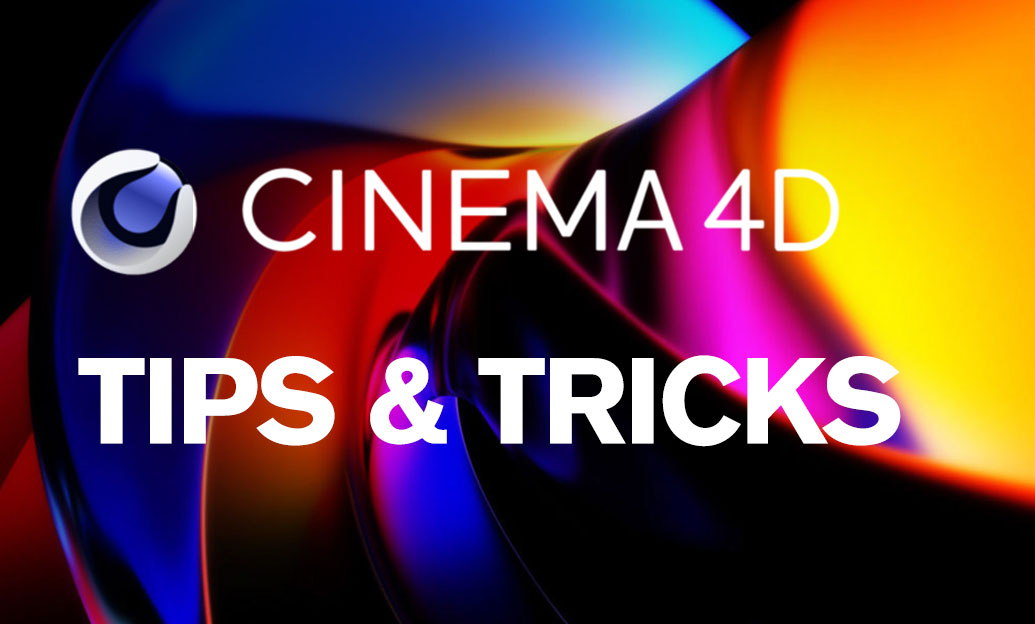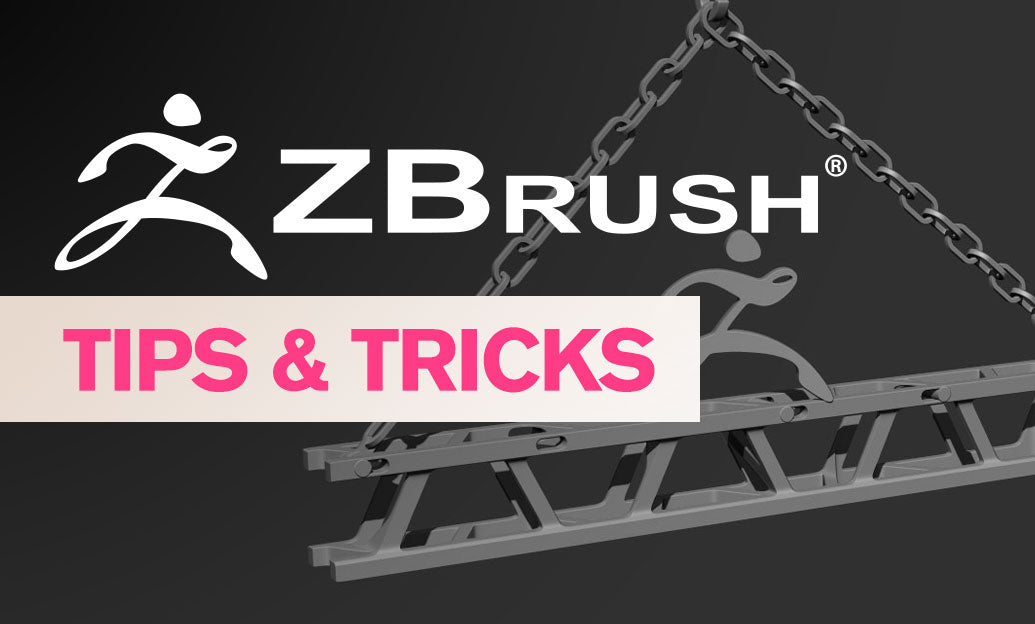Your Cart is Empty
Customer Testimonials
-
"Great customer service. The folks at Novedge were super helpful in navigating a somewhat complicated order including software upgrades and serial numbers in various stages of inactivity. They were friendly and helpful throughout the process.."
Ruben Ruckmark
"Quick & very helpful. We have been using Novedge for years and are very happy with their quick service when we need to make a purchase and excellent support resolving any issues."
Will Woodson
"Scott is the best. He reminds me about subscriptions dates, guides me in the correct direction for updates. He always responds promptly to me. He is literally the reason I continue to work with Novedge and will do so in the future."
Edward Mchugh
"Calvin Lok is “the man”. After my purchase of Sketchup 2021, he called me and provided step-by-step instructions to ease me through difficulties I was having with the setup of my new software."
Mike Borzage
V-Ray Tip: Optimizing Realism with V-Ray's Advanced Camera Settings
December 06, 2024 2 min read

In V-Ray, mastering the advanced camera settings can significantly enhance the realism and quality of your renders. By simulating real-world camera behavior, you can create images that are not only visually appealing but also physically accurate. Below are some key advanced camera settings in V-Ray and how to utilize them effectively:
1. Exposure Control:
Understanding exposure is crucial for achieving the correct brightness levels in your scene.
- Shutter Speed: Controls the amount of time the camera's shutter is open. A slower shutter speed brightens the image but can introduce motion blur.
- F-number (Aperture): Influences the depth of field and the amount of light entering the camera. Lower f-numbers reduce depth of field (more blur) and increase brightness.
- ISO: Adjusts the camera's sensitivity to light. Higher ISO values make the image brighter but can introduce noise.
2. Depth of Field (DoF):
Depth of field adds a realistic focus effect, blurring objects that are not within the focal range.
- Enable Depth of Field: Activate DoF in the camera settings to simulate real-world focusing.
- Focus Distance: Set the distance from the camera to the focal point in your scene. Objects outside this range will appear blurred.
- Bokeh Effects: Customize the shape and characteristics of the out-of-focus areas for artistic effects.
3. Motion Blur:
Simulate the blurring effect of moving objects or camera movement.
- Enable Motion Blur: Turn on motion blur in the camera settings.
- Shutter Duration: Adjust the shutter speed to control the intensity of the motion blur.
- Camera vs. Object Motion Blur: Decide whether to apply motion blur to moving objects, the camera's movement, or both.
4. Lens Effects:
Enhance realism by simulating optical imperfections.
- Bloom and Glare: Add bloom for a soft light glow and glare for light streaks around bright areas.
- Lens Distortion: Mimic the distortion inherent in real camera lenses, such as barrel or pincushion distortion.
- Vignetting: Darken the corners of the image to draw attention to the center, replicating a common lens effect.
5. Stereoscopic Rendering:
Create immersive 3D images suitable for VR or 3D displays.
- Stereo Camera Setup: Configure left and right eye cameras within V-Ray.
- Interocular Distance: Adjust the distance between the two cameras to control the 3D depth perception.
- Convergence Distance: Control where the left and right images converge, affecting the perceived depth.
Tips for Utilizing Advanced Camera Settings:
- Reference Real-World Cameras: Study how physical cameras behave and apply those principles in your settings.
- Test Renders: Use low-resolution test renders to fine-tune camera settings without long render times.
- Balance Settings: Adjust exposure settings in tandem (shutter speed, f-number, ISO) for a balanced image.
- Use V-Ray Frame Buffer: Take advantage of V-Ray's frame buffer to adjust exposure, white balance, and other post-processing effects in real-time.
For more in-depth tutorials and resources on V-Ray's advanced camera settings, consider checking out NOVEDGE, a leading online store for design software.
You can find all the V-Ray products on the NOVEDGE web site at this page.
Also in Design News

Cinema 4D Tip: Maximizing Efficiency and Creativity with Cinema 4D's Node Editor
September 23, 2025 3 min read
Read More
Bluebeam Tip: Maximize Efficiency with Dynamic Fill in Bluebeam Revu for Precise Area Calculations
September 23, 2025 2 min read
Read More
ZBrush Tip: Enhance Modeling Precision with ZBrush Slice Curve Brush
September 23, 2025 1 min read
Read MoreSubscribe
Sign up to get the latest on sales, new releases and more …


